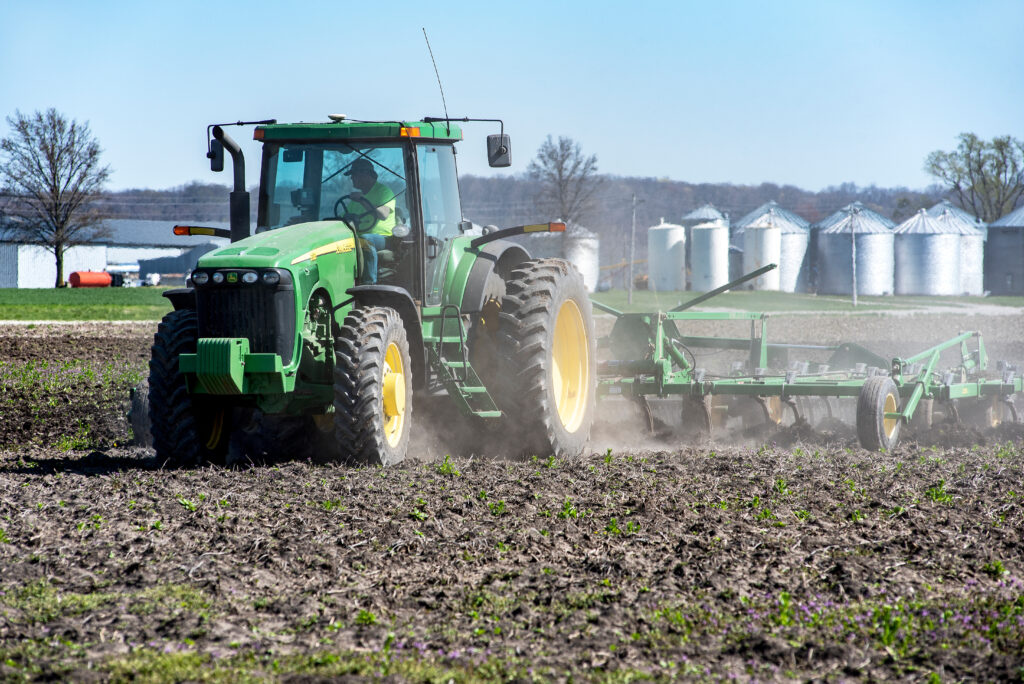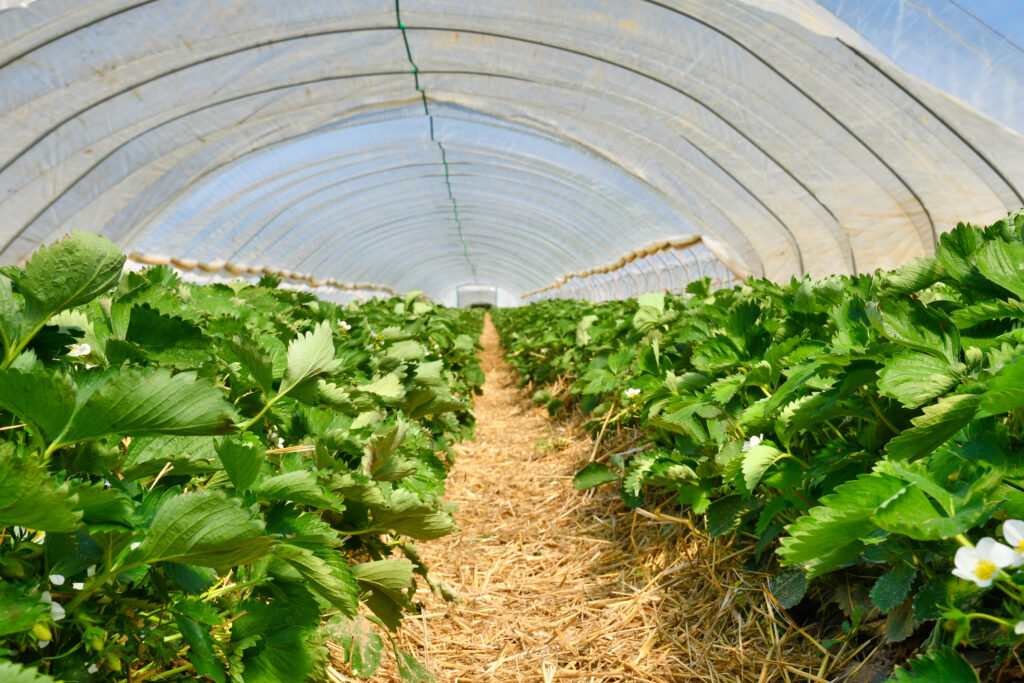Finally, the moment we’ve been waiting for: Yesterday House and Senate Agriculture Committee Chairs released their much-anticipated frameworks for the 2024 Farm Bill. House Agriculture Committee Chairman Glenn “GT” Thompson has scheduled a Committee markup for May 23, 2024, and the Senate markup date is yet to be determined. We’ll dive into the Senate framework next week, but we’re releasing our initial analysis of the House framework today.
For context: The farm bill is an omnibus piece of legislation considered by Congress every five years that sets the nation’s agriculture and food policy, and the new bill has faced many months of delays amidst Congressional dysfunction.
But we’re seeing a light at the end of the tunnel, as this House framework will become the House farm bill text in the coming weeks. Ahead of the House Committee’s markup later this month, the Farm Action team will keep a close eye on the details of the proposals as they emerge. Here’s what has caught our eyes so far in the House farm bill framework:
Commodities
The House framework proposes increased spending on traditional farm safety net programs for major commodities, such as Price Loss Coverage and Agriculture Risk Coverage. We have long been wary of increasing reference prices — which determine when farm subsidies are triggered — for these programs because the benefits primarily flow to corporate agricultural input suppliers at the expense of farmers who need support the most. Farmland consolidation increases when small, mid-sized, and independent farms are left behind by these programs.
Conservation
House Republicans continue their fight against the historic conservation investments made by the Inflation Reduction Act, and they are now seeking to reallocate the remaining funds. We are skeptical of their effort to “expand covered conservation practices,” and have previously called out the use of taxpayer money to subsidize phony conservation practices by the largest, corporate-controlled industrial operations.
Credit
We are encouraged by the inclusion of proposals to provide additional credit resources to new, young, beginning, and veteran farmers. We will closely monitor the final details of these proposals — including whether or not they will benefit minority farmers, who have historically faced discrimination in U.S. Department of Agriculture (USDA) loan programs.
Horticulture
Under the House framework, farmers of specialty crops — which is USDA’s term for fruit and vegetables — would receive support through increased investments in the Specialty Crop Block Grant Program, and through maintained funding levels for several organic programs and the Local Agriculture Market Program (LAMP). Under the current federal budgetary conditions, continued funding for LAMP is welcome. However, as one of the most significant programs for advancing local food systems, Farm Action Fund has continually called for more LAMP funding to expand the program’s reach and accessibility.
Crop Insurance
Farm Action has identified federal crop insurance reform as a key step in supporting smaller, diverse, and sustainable farming operations. While the House framework does expand crop insurance premium assistance for beginning and veteran farmers, it lacks critical program reforms such as restructuring the incentives for insurance agents, improving the Whole Farm Revenue Protection program, and expanding access for minority and other underserved producers.
Miscellaneous
Additional proposals in the House framework include expanded resources for “small and very small meat and poultry processing facilities” and new reporting requirements for foreign ownership of U.S. farmland. Both proposals would help slow the harmful trend of agricultural consolidation. Unfortunately, the Chairman also includes a version of the highly controversial Ending Agricultural Trade Suppression (EATS) Act. This bill’s language represents a power grab by a handful of global agribusinesses seeking to eliminate important market opportunities for independent farmers at the expense of state and local rights.
Up Next: Senate Farm Bill
Whatever is ultimately passed in the House must also be passed by the Senate, which makes Chairwoman Stabenow’s release of a competing proposal on the very same day interesting. Stay tuned for our deep dive into the Senate farm bill proposal next week.
Written and edited by: Sarah Carden, Christian Lovell, Jessica Cusworth, Angela Huffman, and Joe Maxwell



